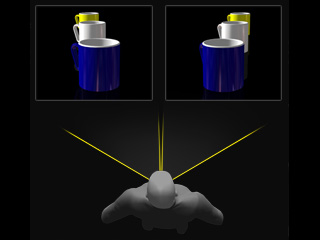
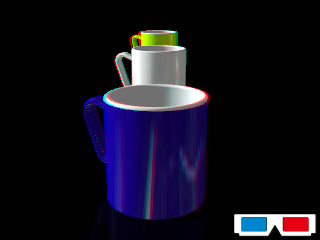
The two views perceived by the eyes
The anaglyph result
Stereo vision is generated by two perceived views in our brains. Our brain combines the similarity of the two views, while the small differences between them lead our mind to sense the depth of space. As a result, these two views turn out to be a single three dimensional stereo picture.

|

|
|
The two views perceived by the eyes |
The anaglyph result |
There are two primary factors to generate 3D stereo vision, Convergence and Parallax.
The convergence is the angle formed by your eyes and the observed object. The higher the angle value is, the nearer the observed object is to your eyes, and vice versa.
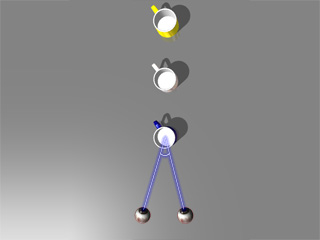
|
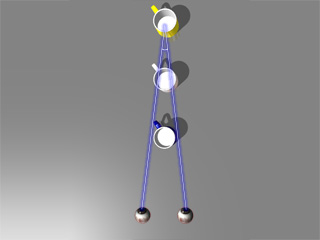
|
|
High Convergence (Target object is near) |
Low Convergence (Target object is far) |
The objects in front of the convergence point appear with pop-out effect and the objects behind the convergence point appear with deep-in effect.
|
Top View |
Left-Eye View |
Right-Eye View |
Superimposed Result |
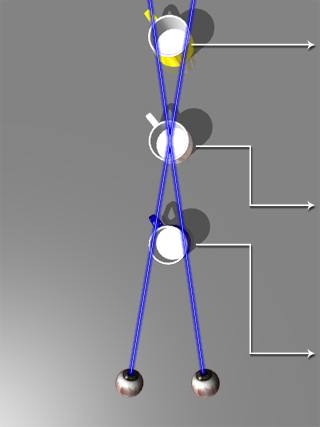
|
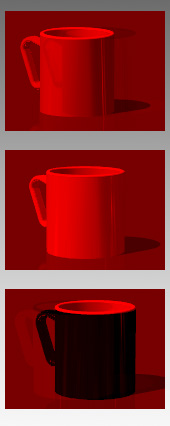
|
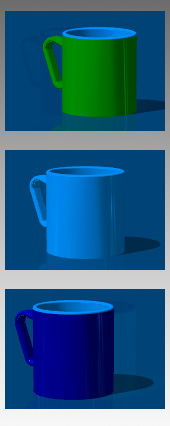
|
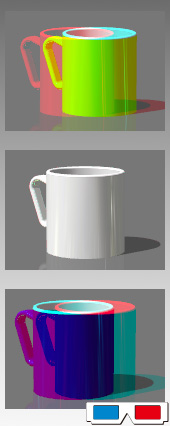
|
Please note that if the Convergence is higher then 6 degrees, then your eyes will feel uneasy as the object is too close. On the contrary, if the value is too small, then the object will seem too far away, thus losing the 3D stereo effect.
The parallax images are the images passing through to your left and right eyes. All 3D stereo media contain a pair of parallax images that individually, and simultaneously, pass to both your eyes. This is to convince your brain that there is an existence of depth in the media.
When the target object offsets to the right in the left image, and offsets to the left in the right image, then your binocular focus is led to fall behind the display. This phenomenon is called Positive Parallax.
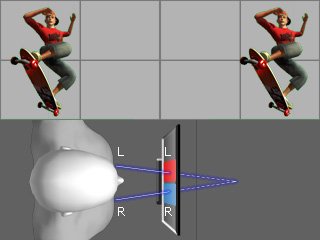
|
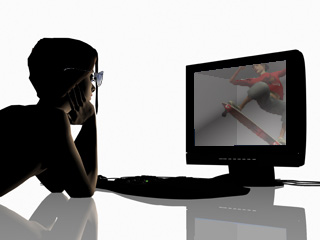
|
|
Your convergence point is led to fall behind the display. |
Positive Parallax |
When the paired parallax images superimpose on the display, then your binocular focus is led to fall on the same display. This phenomenon is called the Zero Parallax.
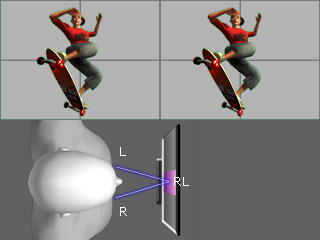
|
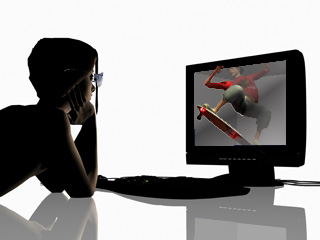
|
|
The L and R image lead your convergence point to fall on the display. |
Zero Parallax |
When the target object offsets to the left in the left image, and offsets to the right in the right image, then your binocular focus is led to fall in front of the display. This phenomenon is called Negative Parallax.
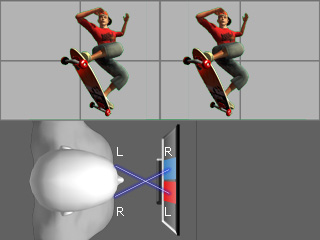
|

|
|
The L and R images lead your convergence point to fall in front of the display. |
Negative Parallax |